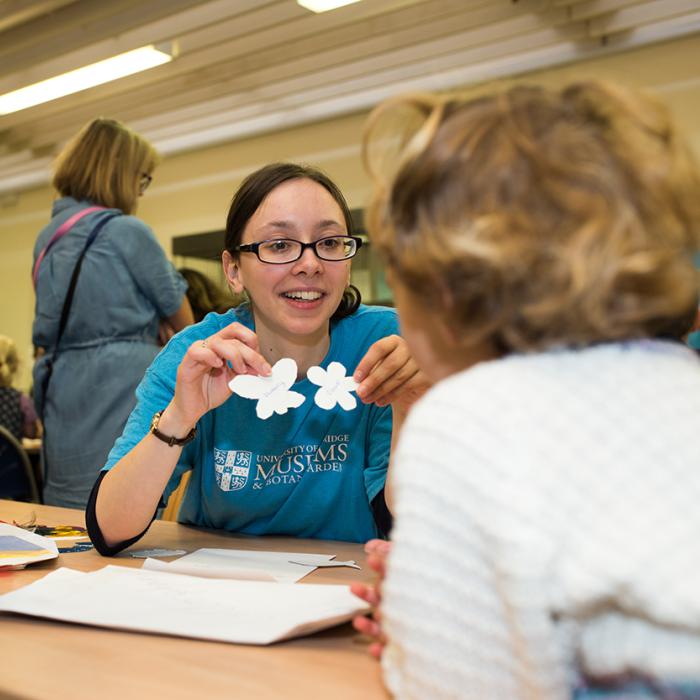The BBC Young Writers’ Award with Cambridge University is a great chance to get creative. All young people in the UK aged 14-18 are welcome to submit stories of up to 1,000 words by 22nd March. The five shortlisted young writers will have their stories narrated by an actor and recorded for a radio broadcast, and will be published in an anthology.
This resource comes from our bank of Look, Think, Do resources on the Fitzwilliam Museum website.
Maybe you have heard of Emperor Hadrian - who built Hadrian's wall near the Scottish/English border. But have you heard of the man he loved, Antinous? Listen to this story about how much Hadrian cared for Antinous.
This resource comes from our bank of Look, Think, Do resources on the Fitzwilliam Museum website.
Have a look at this penny coin that was stamped by a Suffragette in the early 1900s with a very important message. And what about these signs that show what people care about now? Make your own with this guidance.
This resource comes from our bank of Look, Think, Do resources on the Fitzwilliam Museum website.
Make like sculptor Barbara Hepworth and have a look at things abstractly - even just out your window! You can use this guide.
In this activity you can see busts of Julius Caesar, Claudius, Nero and Hadrian from the museum. Find out more about each one, how they are connected to the history of Britain, and complete the activities to learn more!
At the end you will find instructions on how to create your own comic about the life of emperor Claudius!
In this tutorial, you will learn how to write code in Python and create a 1982 Tron-like game using the Python Turtle tool.
Click here to learn how!
Using Twine, an online or desktop application (freely available to everyone). You will be shown how to set-up variables, update them and use them to change the options in the game.
Click here to learn how!
Why? Because it's fun! Also, all the understanding that you will gain can be transferred to modern programming languages like Python. Discovdder PRINT statement, variables and loops, and then apply these to some creative BBC BASIC commands like SOUND and DRAW.
Link to a downloadable worksheet: http://www.computinghistory.org.uk/downloads/57240
Normally found in the krill-rich waters of the Arctic and Antarctic, the humpback whale swims up to 25,000 km per year, including to warmer waters to breed and give birth.
The seasonally-changing songs of male humpbacks echo through the ocean waters. Measuring up to 16m in length and weighing 25-30 tonnes, these large mammals eat krill, which they filter out of the water through hair-like bristles in their mouth called baleen. They are incredibly agile, often swimming near the surface, where they fluke and breach.

